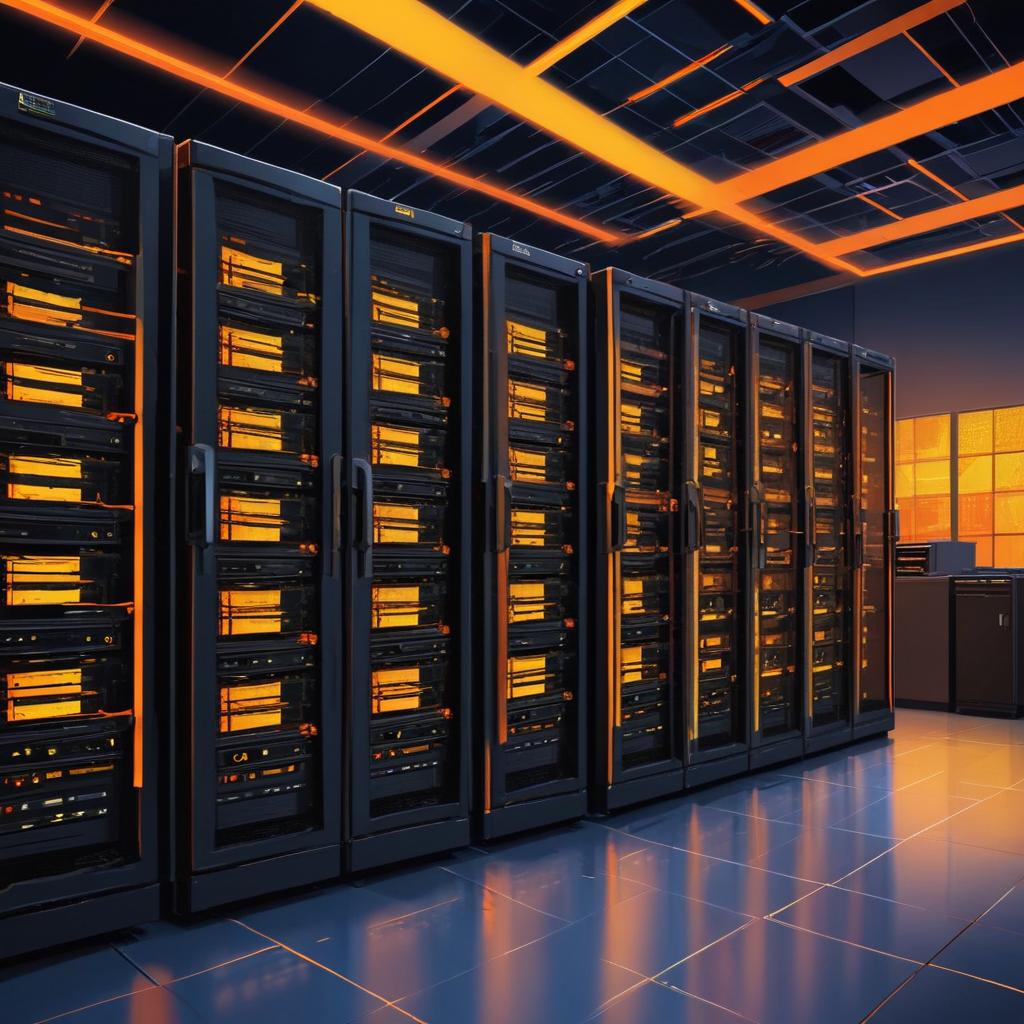The Data Center Dilemma: Why It’s Time to Reconsider Our Infrastructure Approach

The rapid evolution of artificial intelligence (AI) demands more from data centers than traditional infrastructures can deliver. As highlighted by JB Baker, VP of Products at ScaleFlux, the ever-growing AI workloads expose the limitations of dedicated DRAM architectures. To understand the gravity of this issue, we need to consider key points surrounding memory bottlenecks, the performance capabilities of Compute Express Link (CXL), and the environmental implications of current data center strategies.
Positive Aspects of Current Trends in Data Center Infrastructure
At first glance, Baker's analysis outlines the challenges and solutions for data centers facing AI's demands, presenting several tactical positives:
- High Energy Efficiency: CXL provides a path to greater energy savings, allowing for smarter memory allocation and reducing the need for overprovisioned hardware.
- Dynamic Memory Pooling: This capability maximizes resource utilization and minimizes latency, critical for real-time AI applications.
- Cost Reduction: The ability to scale memory independently without adding physical servers allows data center operators to avoid costly hardware upgrades.
By enhancing infrastructure through CXL, organizations not only enhance performance but also contribute positively to sustainability goals. Research indicates that integrating CXL can increase memory bandwidth by up to 39% and improve AI training performance by 24%. It’s an attractive option for data center operators aiming to optimize operations.
Counterarguments and Alternative Considerations
Yet, not all is rosy in the discussion about CXL and next-gen data center design. Some vital points require further exploration:
1. Cost of Transition: While CXL promises significant improvements, the transition from legacy systems involves costs associated with new technology adoption. The capital required to implement these changes can be daunting, especially for smaller operations.
2. Short-Term vs. Long-Term Sustainability: Focusing on immediate energy savings overlooks broader environmental impacts. AI's growing carbon footprint cannot be solely mitigated by optimizing memory usage. Systematic improvements across the entire energy consumption lifecycle need attention.
3. Scalability Questions: CXL’s promise of scalability and efficient resource allocation is appealing, but there remains skepticism regarding how well these systems will perform under extreme loads. What if the demand outpaces the design’s capabilities? Will legacy issues resurface due to overreliance on new technologies?
4. Dependency on Specific Solutions: Placing too much faith in CXL could limit innovation. It’s essential to explore other technological advancements alongside CXL. For example, advances in quantum computing could offer alternative pathways, rendering CXL insufficient over time.
A Thoughtful Path Forward
For the data center industry, adapting to the complexities brought forth by AI is crucial. Baker's insights on CXL provide a compelling solution for addressing immediate challenges, but ongoing innovation and careful consideration of broader implications will shape the future.
As a closing thought, staying ahead in a competitive landscape requires embracing diverse solutions that extend beyond the technological horizon CXL represents. Companies must balance short-term efficiency gains with long-term sustainability considerations.
At DiskInternals, we specialize in developing data recovery software designed for both virtual and real environments. Our expertise has equipped us with an understanding of the consequences of data loss and the importance of proactive measures in safeguarding data integrity. In an era of rapid technological change, safeguarding data and ensuring recovery solutions are paramount to minimizing disruptions and maximizing efficiencies.